Nothing makes cybersecurity more challenging than a siloed approach within the organization. When cyber risk is separated from business functions, or when decision making and risk management are separated from IT, a tangle of inefficiencies and redundancies is likely.
What is GRC?
One approach to aligning IT with business objectives is GRC. Governance, Risk and Compliance is a framework to help organizations manage risk, address compliance, and ensure appropriate governance.
Governance
Determines which activities support the organization’s business goals. This system of processes, rules and practices is intended to define the purpose of the organization and direct the activities required to fulfill the company mission. Governance creates structure around power, accountability, and decision-making.
Privileged Access Management (PAM) and other data and identity management processes must be aligned with governance policies to support the organization without creating undue complexity. In many cases, configuration tools can facilitate the design and implementation of necessary technology infrastructure.
Risk
Must be identified and addressed appropriately within the organization. Risk assessment tools are available to identify, locate and quantify vulnerabilities. In recent years, cybersecurity and technology risks have become much more visible and imperative factors for businesses to mitigate.
Compliance
Legal and regulatory requirements must be rigorously monitored and managed. Not only that, but the organization must develop the ability to provide adequate documentation of compliance for both internal and external oversight. As the speed of industry and organizational change increases, and as technology is implemented in new ways, this task becomes ever more complex.
Each of these three disciplines create valuable information, and all three affect the same technologies, people, processes, and information systems within the organization.
Why Does GRC Matter?
If your organization does not have an IT GRC strategy or framework in place, your risk management and compliance capabilities most likely exist in different silos. Lack of integrated GRC functions can result in unnecessary complexity, an incomplete understanding of the organizational risk landscape, duplication of efforts, and misalignment.
When the three disciplines of GRC are managed separately, it is possible for multiple teams to spend hours collecting the same data and untangling email threads and spreadsheets just to begin an analysis.
Organizations can be complex and may need to be nimble while still meeting compliance requirements and adjusting for quickly-changing regulations.
Risk factors can change quickly as well, requiring IT leaders to make decisions about risk quickly, which can be difficult if visibility is limited or siloed.
All of these things make it difficult for an organization to deal quickly and effectively with risk, uncertainty, and security within IT and the business as a whole.
How Can a GRC Strategy Help?
GRC provides a more structured approach to risk management, compliance and governance by creating a clear outline of leadership and operation of IT infrastructure, and ensuring alignment with strategic business goals. A key component of this strategy is the development of metrics and the ability to create visibility into the effectiveness of the GRC approach.
The capabilities of GRC are often spread over multiple departments including finance, HR, IT, legal, operations, and executive leadership.
Effective GRC gives each stakeholder access to the same, validated, real-time data and establishes processes and systems that enable collaborative, risk-aware decisions at every level. Improving connectivity between processes and increasing transparency can prevent an organization from being blind to the relationships between risks, and can identify both redundancies and gaps.
First Steps for GRC
Define a common vocabulary for all disciplines. This will ensure that each department understands the requirements and potential outcomes.
Identify and establish a single source of truth. Eliminating redundancy and ensuring the accuracy of data requires agreement on the source and criteria.
Standardize policies, practices and processes. The most important component of this step is the assignment of responsibility, leadership, or management for the integrated approach. When the policies, practices and processes are not enforced or modified to be effective within the organization, the result is often an increase in risk, rather than the ability to mitigate it appropriately.
Prioritize communication and collaboration. Each department must understand the importance of their role in addressing GRC at an organizational level. The teams must be encouraged to participate cooperatively within the framework. GRC is ongoing, it is not a single point in time, and a lack of communication could create new gaps or redundancies.
GRC: Things to Remember
GRC done well creates alignment throughout the organization around objectives, actions and controls that will drive organizational success. Risk can be identified and managed in ways that create strategic value and improve business performance, rather than causing obstructions or frustration.
There are a multitude of technology tools and platforms that can be utilized for GRC implementation. Options range from pre-built applications to customized workflows, and more. The reason GRC is called a “strategy” is because there are a myriad of ways to accomplish your organizational goals in this arena. A comprehensive and coordinated view of the technology and processes already in place within your organization is necessary to determine the most effective ways to maximize the benefit of your GRC strategy.
Our team of trusted experts can facilitate the inter-departmental collaboration required to develop and document redundancies and gaps, and identify the most advantageous solutions. With our carefully vetted partners, and with decades of expertise, Freeit has worked with dozens of companies to improve GRC and security posture, while reducing organizational risk and minimizing your IT attack surface.





